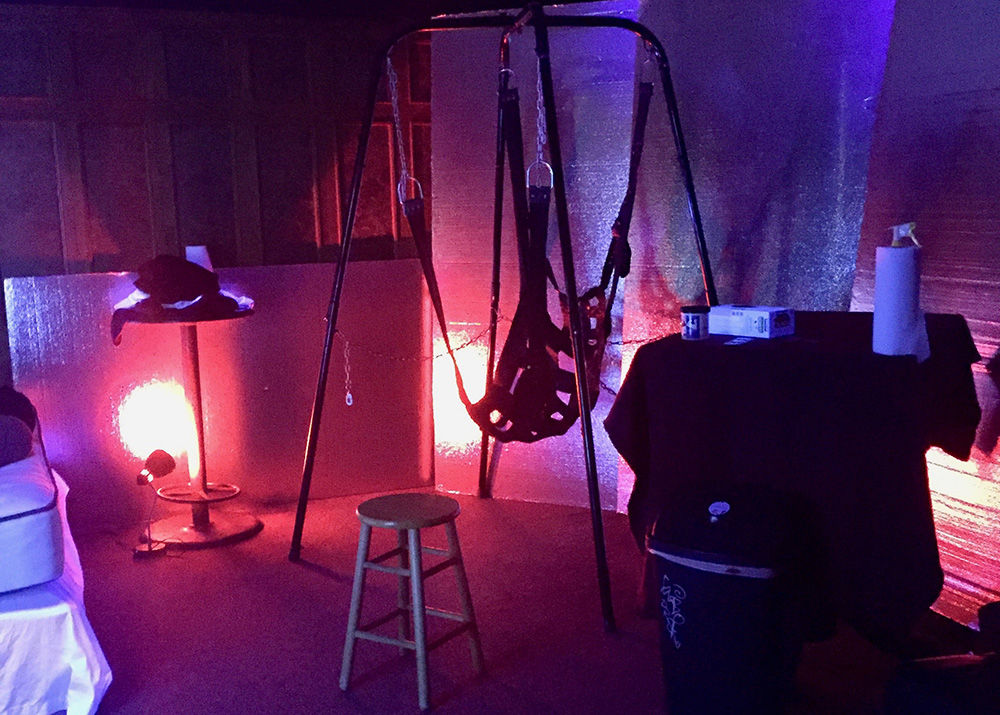

In a bull or bear market, actively traded stocks do not exhibit the same up-and-down movements within a range as they do in more stable market conditions. Market extremes make swing trading more challenging. When a stock price falls below the EMAs, it's a bearish signal and the trader should exit long positions and potentially put on shorts. When the stock price moves above, or "crosses" the moving averages, this signals an upward trend in price. With stop losses in place, the trader knows exactly how much capital is at risk because the risk of each position is limited to the difference between the current price and the stop price.įor example, a trader may use 9-, 13-, and 50-day EMAs to look for crossover points. When a stock falls below the stop price (or rises above the stop price for a short position), the stop-loss order converts to a market order, which is executed at the market price. Stop-loss orders are a vital tool in managing risk. As always, the key to swing trading is to minimize losses." He also notes that a desirable reward/risk ratio is 3:1, or 3 times the amount at risk. Having cash in reserve allows you to add to the best-performing trades to help generate larger winners. That means a portfolio of five concentrated swing trades would represent 10%-25% of total trading account capital on average.
#Swing it inc professional#
The most aggressive and professional traders may go up to 10% per position.

Mike Dombrowski, head of capital markets at InterPrime Technologies, emphasizes the importance of risk management, saying that "each position should be roughly 2%-5% of total trading account capital.

Traders should choose only liquid stocks and diversify positions among different sectors and capitalizations. Risk management is the most essential component in a successful swing trading strategy. Why risk management is critical in swing trading Abrupt changes in the market's direction also pose a risk, and swing traders may miss out on longer-term trends by focusing on shorter holding periods. The longer the market is closed, the greater the risk.

The opening price will reflect the shock of any unexpected news. Swing traders are exposed to several types of risk, the most common being gap risk, where a security's price rises or falls significantly based on news or events that occur while the market is closed, whether overnight or during a weekend. This active trading offers the information necessary for what's called technical analysis, which we'll cover in the next section.Īs with any style of trading, swing trading carries plenty of risks. Because these stocks have high trading volumes, they offer investors insight into how the market perceives the company and its security price movements. The swing trader analyzes patterns in trading activity to buy or sell a stock in order to capitalize on price movements and momentum trends of stocks, typically focusing on large-cap stocks since they are the most heavily traded. However, small gains achieved consistently over time can add up to an attractive annual return. Individual gains may be smaller as the trader focuses on short-term trends and seeks to cut losses quickly. The goal of the swing trader is to capture a portion of any potential price movement or "swing" in the market.


 0 kommentar(er)
0 kommentar(er)
